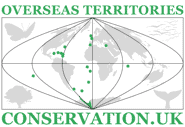Southern Oceans
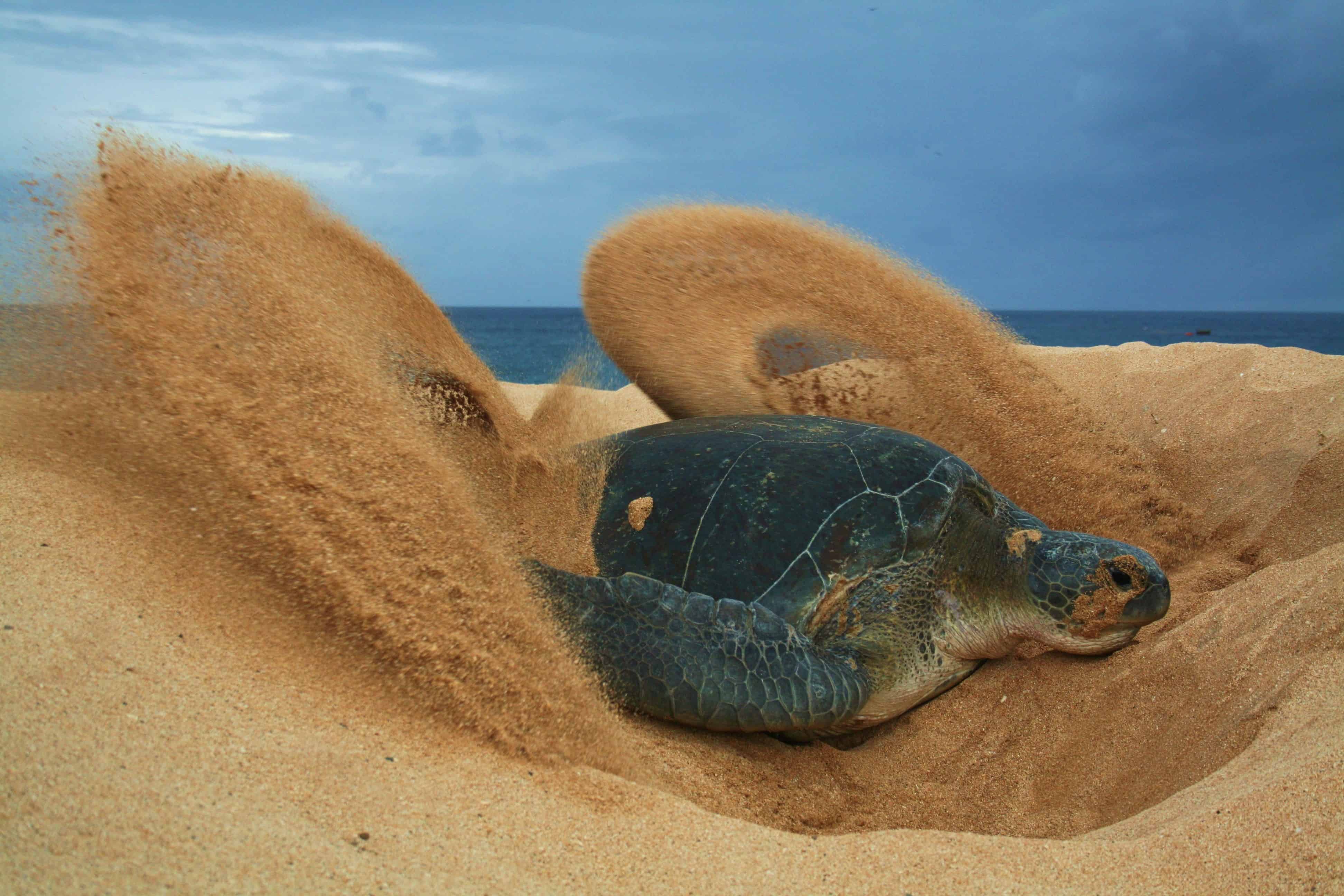
Ascension Island
Ascension Island lies in splendid isolation, just S of the equator, in mid-Atlantic. It has spectacular volcanic scenery & exceptional globally important biodiversity, including at least 60 endemic species of plants, fish & invertebrates. The island supports also the largest green turtle & seabird nesting colonies in the tropical Atlantic. However, as with many oceanic islands, Ascension has a significant invasive species problem. Read more
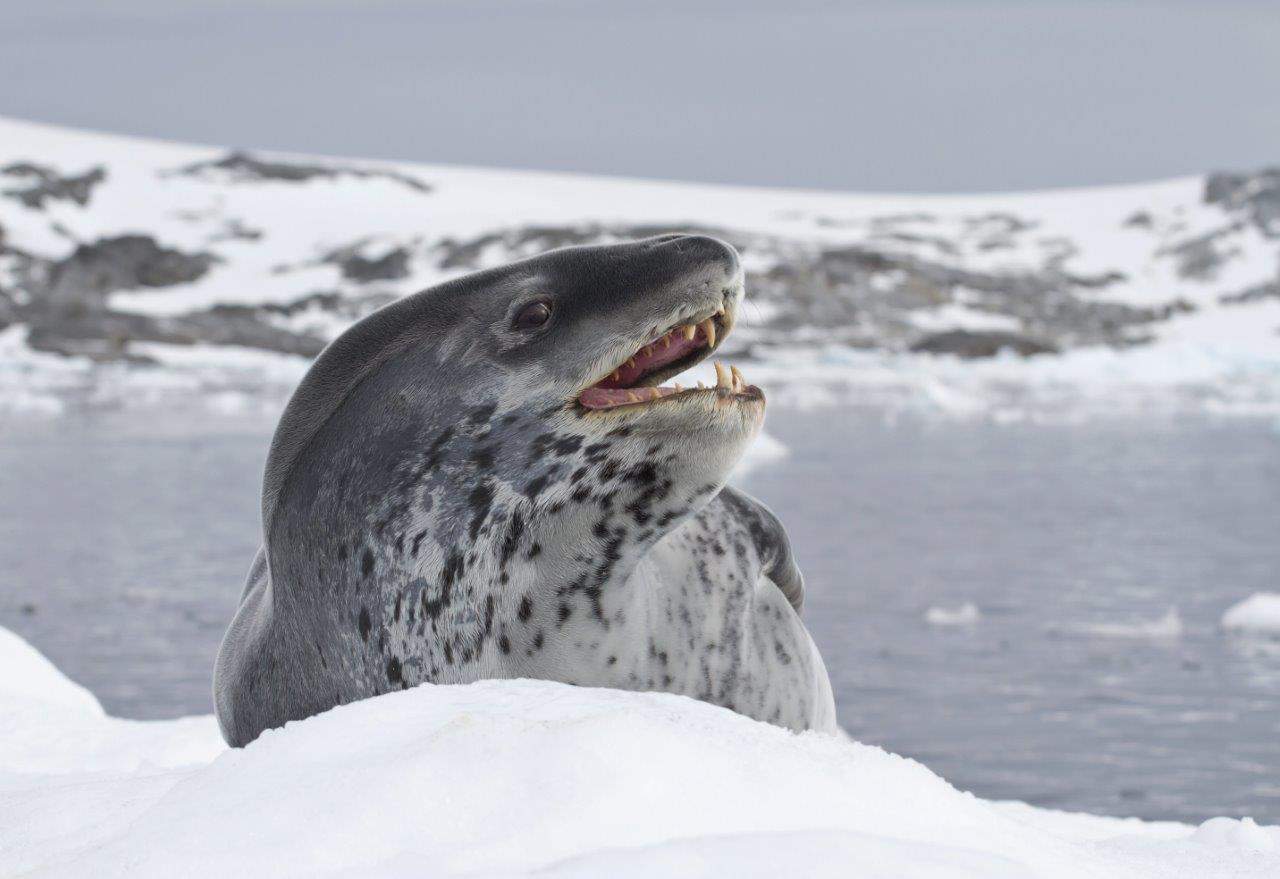
British Antarctic Territory
Life in the frozen south sees sparse vegetation on land, although there are many species of lichen, moss and algae. In the surrounding seas, vast amounts of krill provide the basis for rich marine life. This includes whales, seals and very large numbers of birds, especially petrels and penguins, inhabiting the islands and coastal areas of the Peninsula. Adélie and emperor penguins both breed on the continent itself. Read more
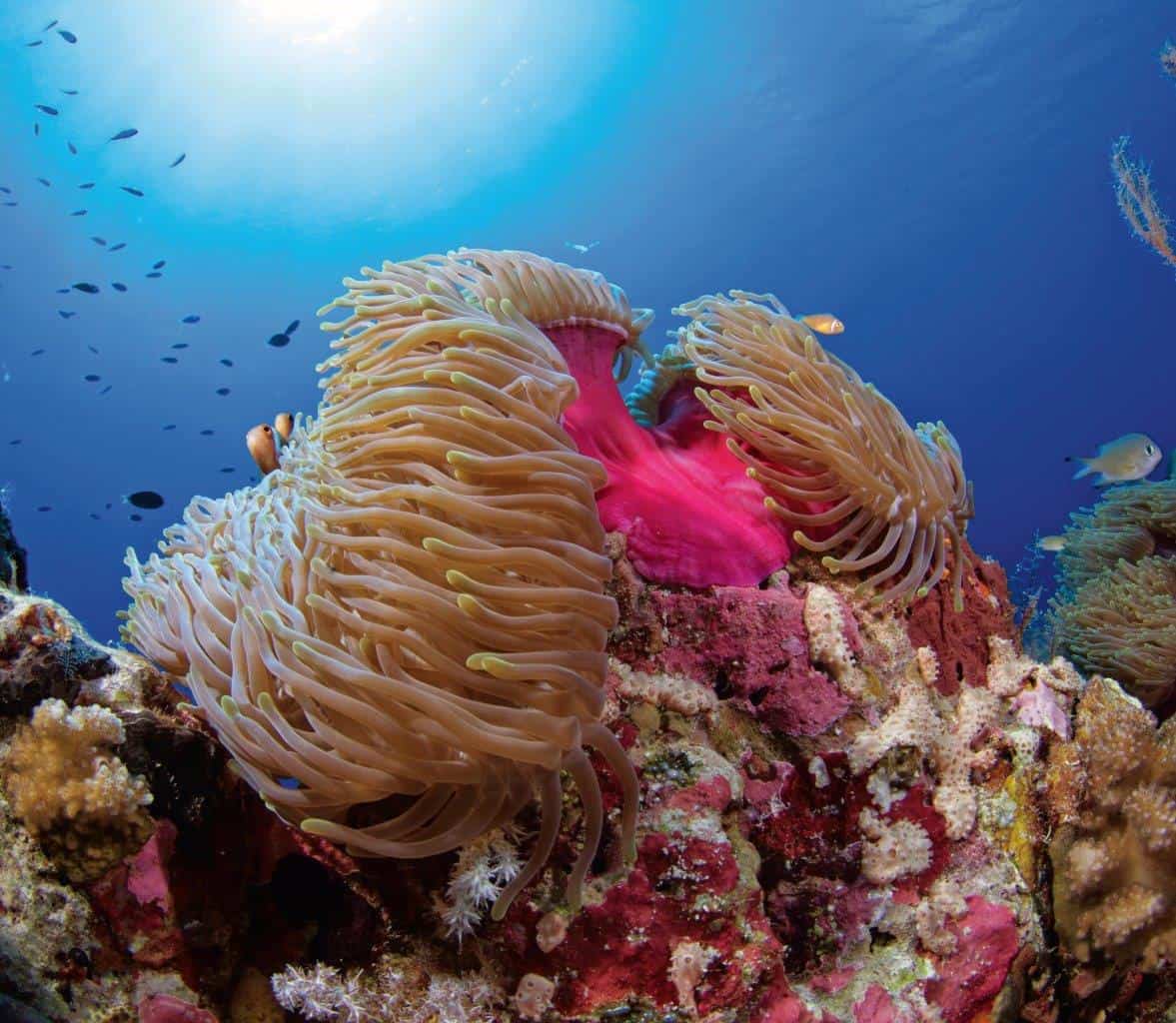
British Indian Ocean Territory
BIOT comprises the 7 atolls of the Chagos Archipelago in the central Indian Ocean. The small land area is home to large colonies of seabirds, coconut crabs & nesting sea turtles. The surrounding support a treasure trove of marine life in one of the world's largest marine protected areas, but its history is troubled. Read more
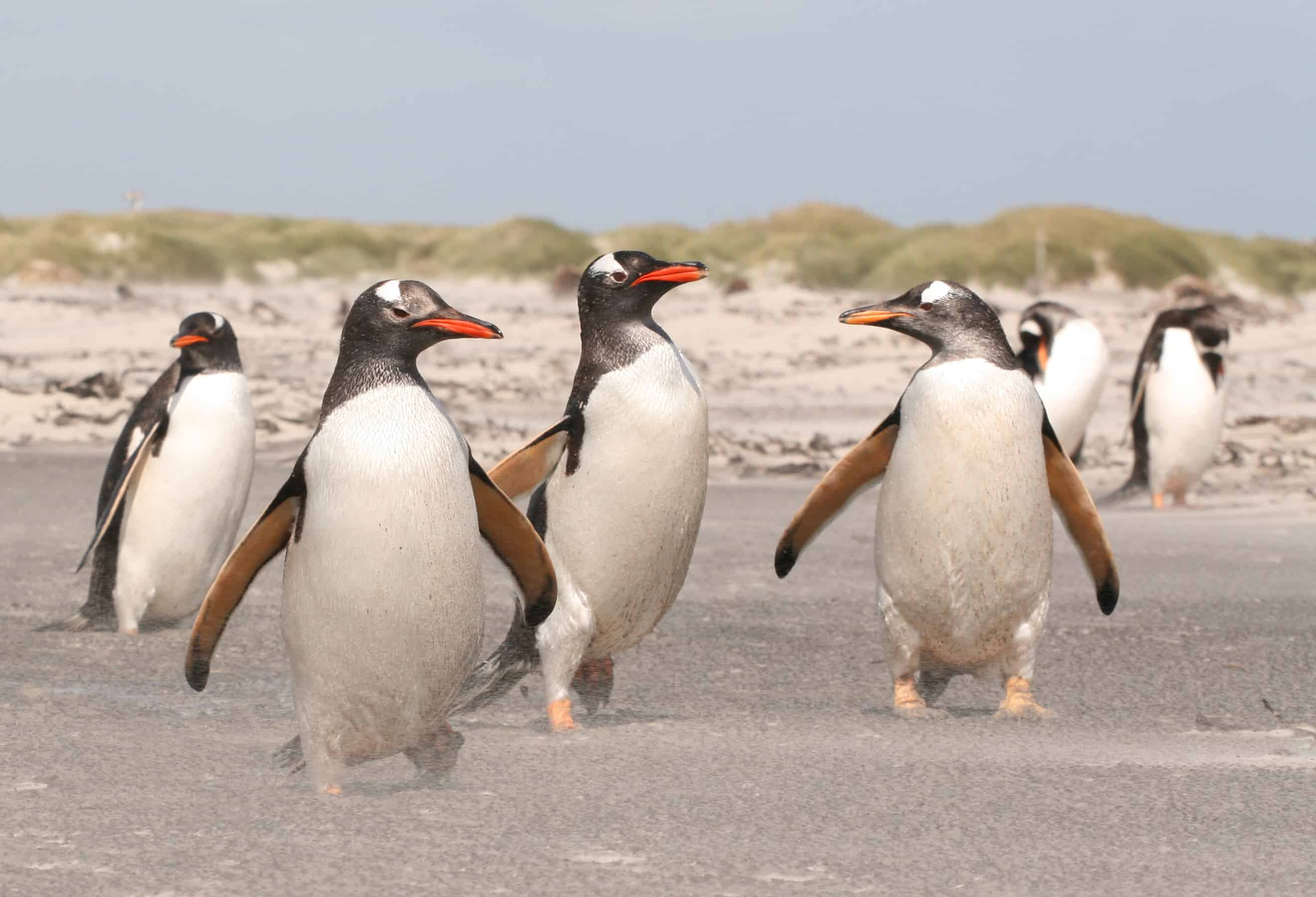
Falkland Islands
The Falklands, S Atlantic wildlife haven, are home to 2,800 native species, of which 30 are found nowhere else. The Islands are exceptionally rich in marine life, supporting vast colonies of seabirds, including 85% of the world population of black-browed albatrosses & the largest concentration of rockhopper penguins. They are breeding grounds for sea lions, elephant & fur seals. 15 species of whale & dolphin occur in their waters. Read more
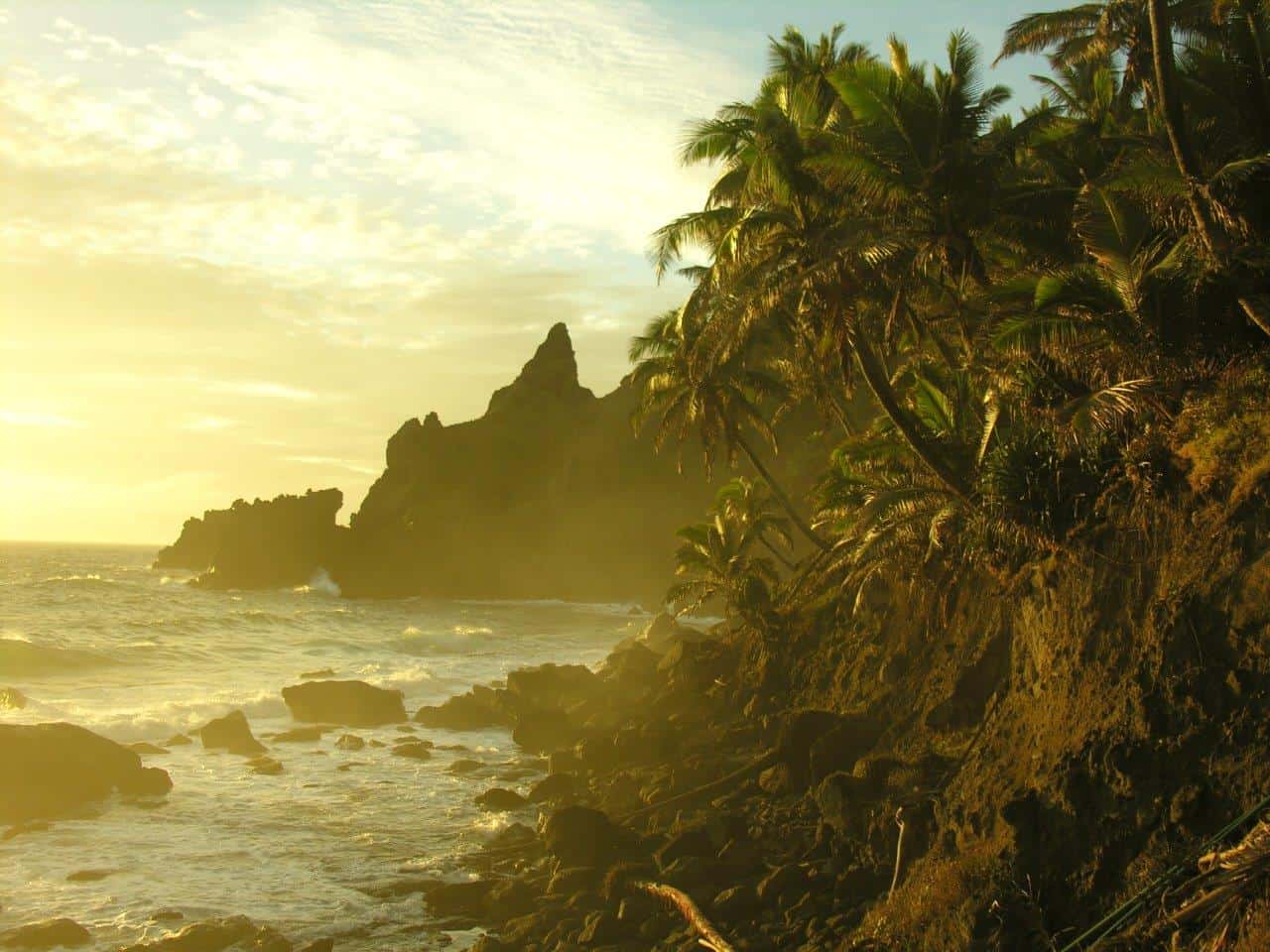
Pitcairn Islands
Best known as the haven for the mutineers from HMS Bounty, this group of four small & varied islands in the South Pacific support a range of impressive flora & fauna. This includes 10 endemic vascular plants, and a number of endemic land birds. Green turtles use the beaches for breeding and the islands are home to many globally important populations of seabirds. The marine environment supports incredibly healthy ecosystems. Read more
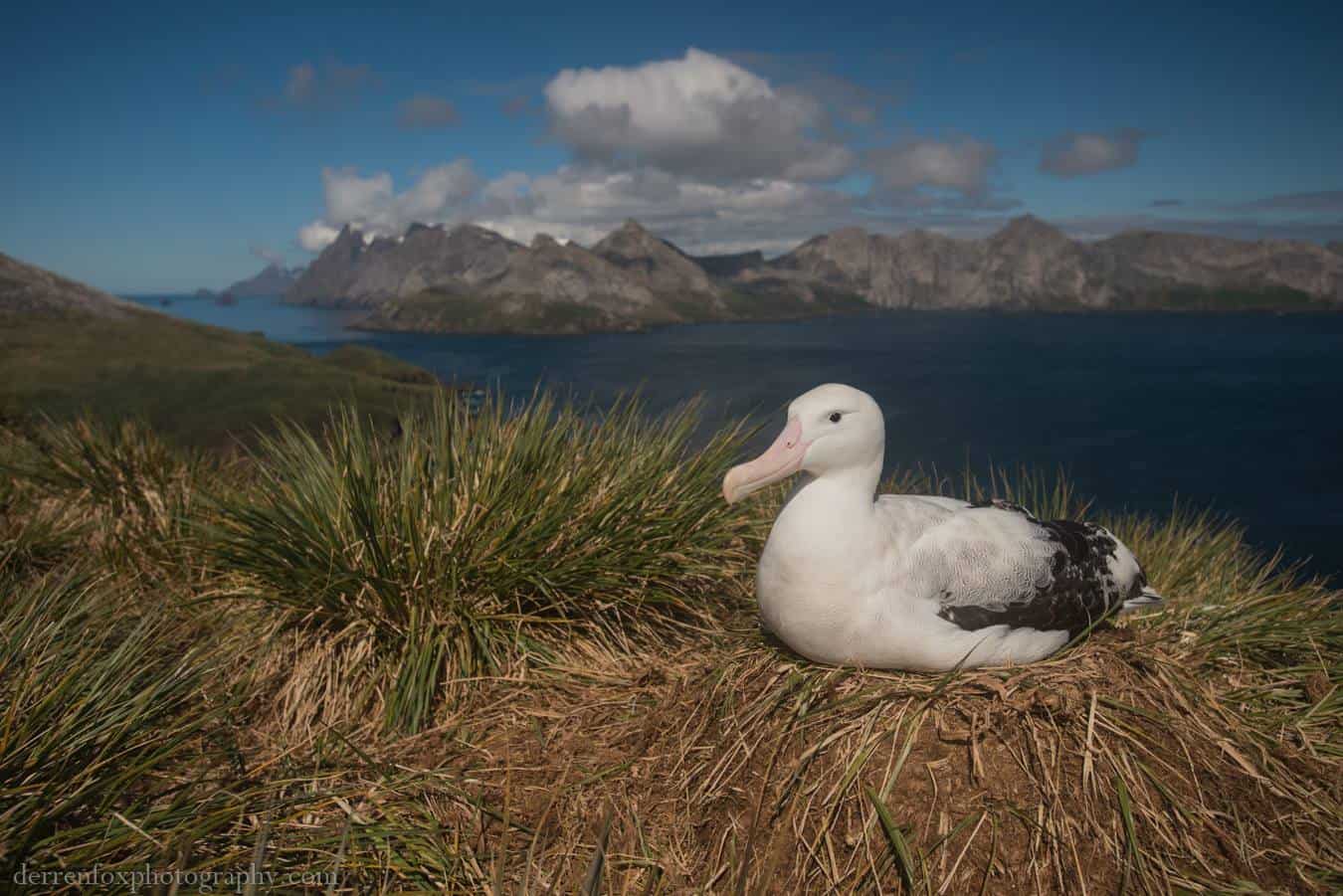
South Georgia and South Sandwich Islands
These two island groups are icy jewels in the Southern Ocean, supporting huge seabird colonies, seal species. several endemic birds, and a number of cetacean species offshore. There are 25 species of vascular plants native to SGSSI and great diversity in the mosses, liverworts and lichens with many found nowhere else in the world. Read more
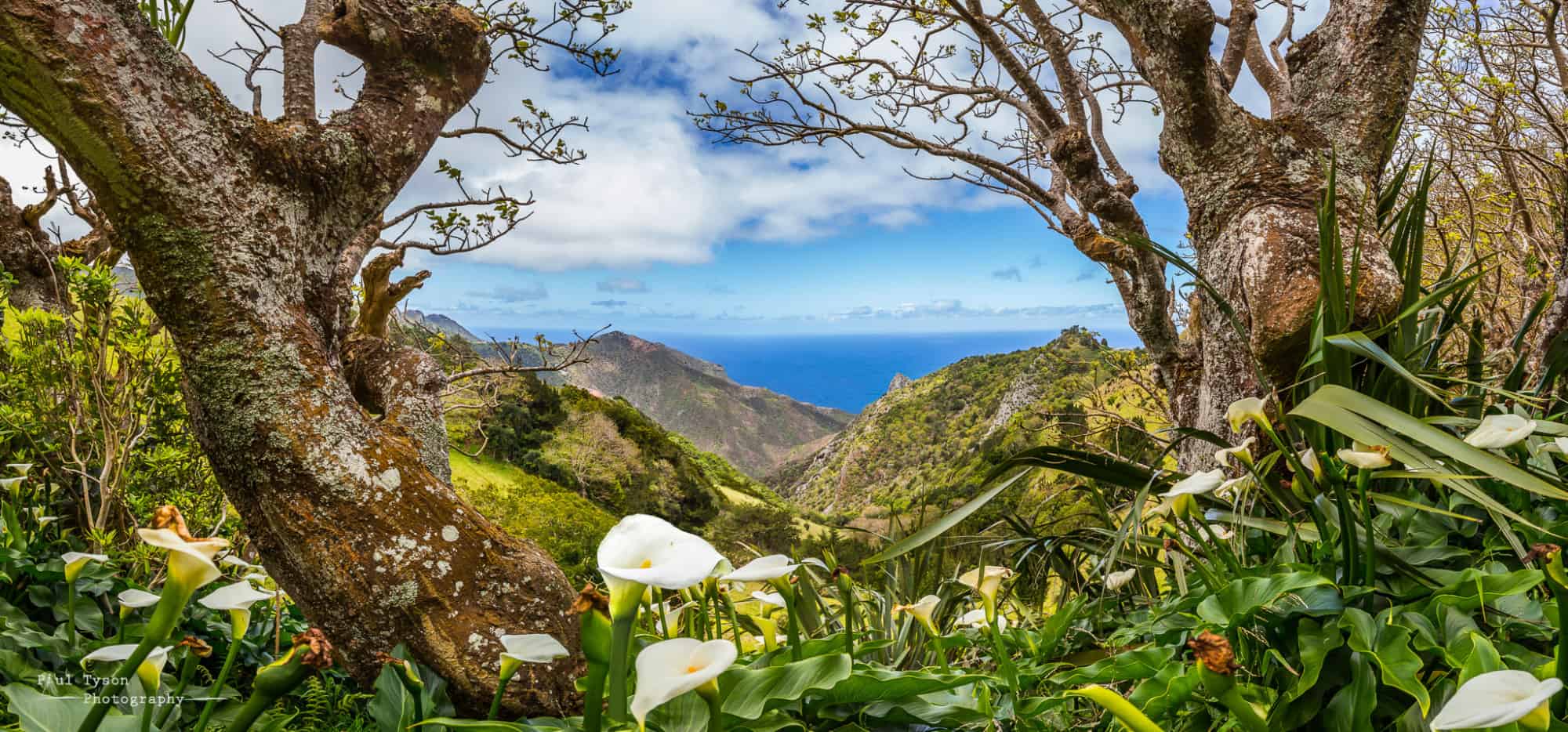
St Helena
St Helena's isolated S Atlantic position has given rise to an unusual & remarkable land & marine flora & fauna. The Island is home to 45 plants that occur nowhere else and is a global hotspot for invertebrate diversity, with around 460 endemic species. The marine environment supports diverse marine life, including many endemics, and several charismatic migratory species including humpback whales, whale sharks and turtles. Read more
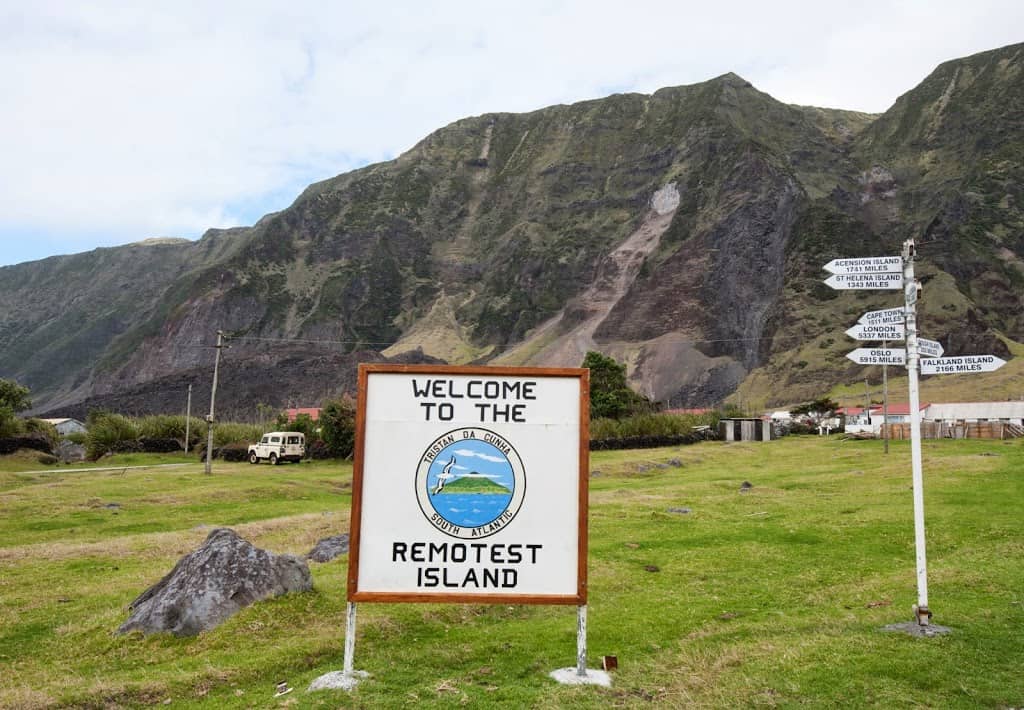
Tristan da Cunha
Rising to over 2000m above the S Atlantic, Tristan da Cunha is the world's most isolated inhabited island. Devoid of living organisms at its volcanic origin, the islands' evolving flora & fauna hold indigenous land birds as well as the millions of seabirds & marine mammals that visit each year. Over 40% of Tristan's territory is a nature reserve and Gough and Inaccessible Islands are a World Heritage Site. Read more
